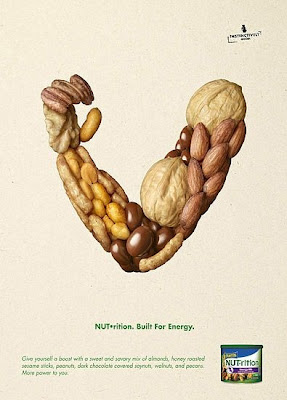Introduction to Top Health Prevention Clues in Managing Changes at Puberty
 Puberty are the processes of both physical and hormonal ( biochemicals produced in the body that have effect on other parts of the body ) change by which a growing child attains reproductive maturation of an adult. This stage is initiated by hormone prompting from the brain to the gonads (the ovaries and testes). In turn the gonads produce different types of hormones that stimulate the growth, function and transformation of the following;
Puberty are the processes of both physical and hormonal ( biochemicals produced in the body that have effect on other parts of the body ) change by which a growing child attains reproductive maturation of an adult. This stage is initiated by hormone prompting from the brain to the gonads (the ovaries and testes). In turn the gonads produce different types of hormones that stimulate the growth, function and transformation of the following;
1. the brain,
2. the breast,
3. the bones,
4. the body muscle,
5. the skin,
6. and the organs of reproduction.
In the first half of puberty there is rapid growth that stops at the completion of puberty. At puberty, major differences of shape, size, composition, and function commences in body structures and systems. The most conspicuous of these are referred to as secondary sex characteristics.
Adolescence is referred to as the phase of psychological and social transition between childhood and adulthood. This stage is largely overlapped by the period of puberty, but its boundaries are less precisely defined and it is called psychosocial and cultural characteristics of development.
The actual age a child enters puberty depends on a number of factors, such as gender, genes, and nutrition. During puberty, a number of glands produce hormones that cause body changes and the development of secondary sex characteristics. In female, the ovaries begin to increase production and secretion of estrogen and other female hormones. For the male the testicles increase production of an hormone called testosterone.
Hormonal factor:
An androgen called testosterone is the fundamental sex hormone for male development. Testosterone produces all male changes featured as having male characteristics, or sexual potency. A reasonable product of testosterone metabolism in males is estrogen, although its levels rises later, but more slowly than in girls. The male growth also begins later, accelerates more slowly, and lasts longer before the epiphysis ( head of the long bones of the leg) fuse: this result in the termination of growth in height. Although males are on the average shorter than girls before onset of puberty, adult males are on the average taller than females. Majority of this difference in adult heights is attributable to a later onset of the growth surge and a slower progression to attain completion.
The hormone that dominates female development is estrogen. While estrogen promotes growth of breasts and uterus, it is also the principal hormone driving the pubertal growth surge and epiphysis fusion at closure of maturation. Estrogen levels rise earlier and reach higher levels in females than in males.
